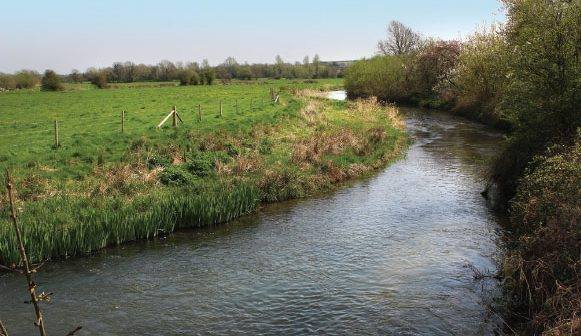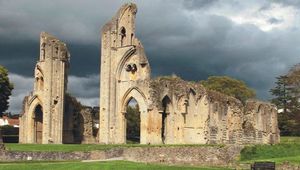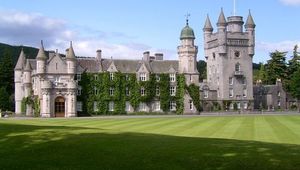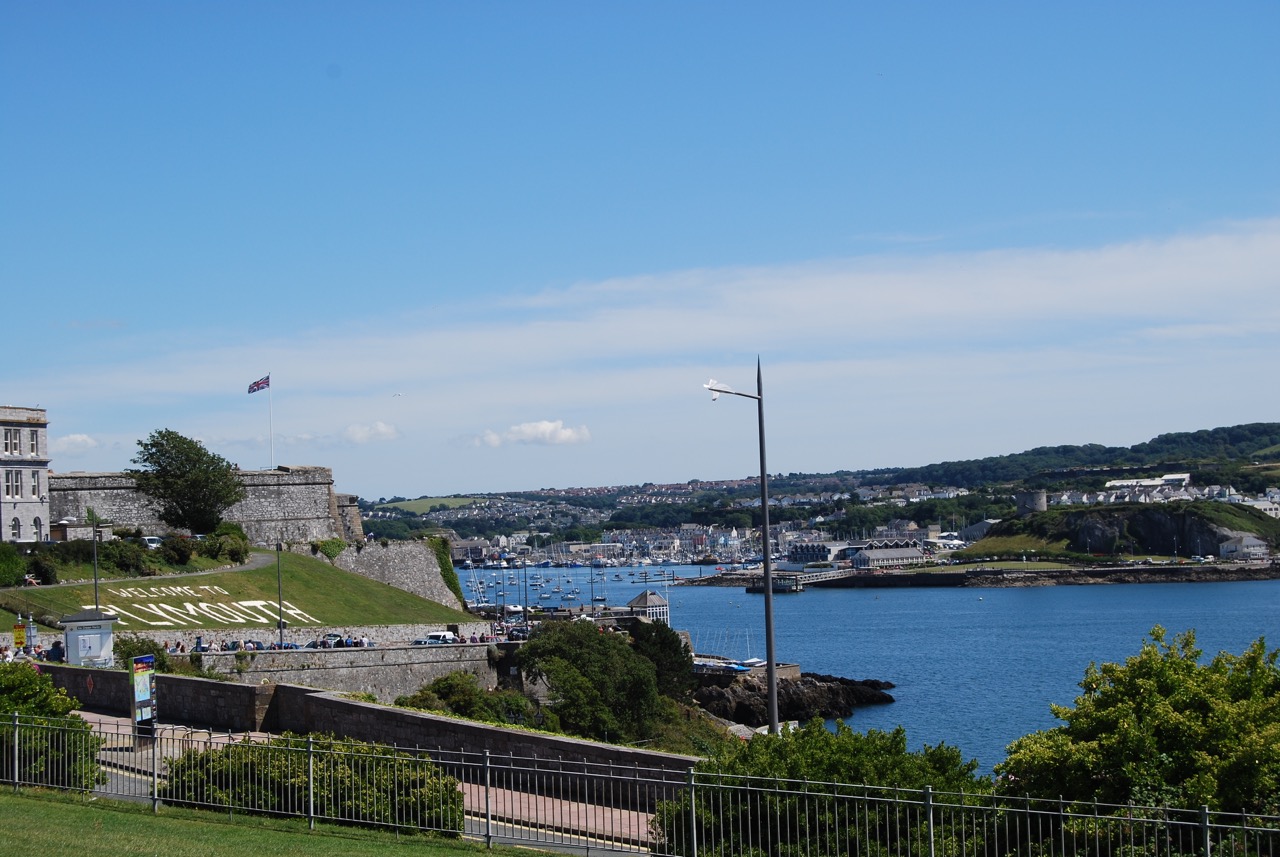
The soul of Thomas Hardy Country beats in Dorset’s county town
Well-traveled routes across our green and pleasant land lead Brits and American visitors alike west to Devon and Cornwall, Bath and the Cotswolds, or north to Yorkshire and the Lake District. The well-trodden paths and motorways have left quite alone the rolling agrarian landscapes, prosperous market towns and historic seaside of Dorset. At the heart of this largely rural southwestern county, the historic agricultural county town of Dorchester dates from the time of the Romans, and is also the epicenter of what is known as Thomas Hardy Country.
For 400 hundred years the rural way of life and farming economy was virtually unchanged. Dorchester was the center of the grain trade, site of fairs, cattle trading and markets for the surrounding villages, and only slowly changed itself between 1400 and the early 19th century that Hardy described so poignantly. In the last generation, the attractive, prosperous town has almost doubled its population, but the charm of its center, largely defined by the ancient Roman walls, is not lost and its character very visible today.
[caption id="Dorchester_img1" align="aligncenter" width="579"]

DANA HUNTLEY
TRAVELING TO DORCHESTER
BY CAR FROM THE LONDON AREA, most directly, follow the M3 south toward Southampton until the motorway ends at the A31. That leads west across the New Forest to Wimborne Minster and on to Dorchester.
By rail, catch frequent trains from London Waterloo to Dorchester South on the main line to Weymouth. It’s not quite a three-hour ride through the countryside of Hampshire. The station is close to the town center.
WHERE TO BEGIN
THE TOURIST INFORMATION CENTRE on Antelope Walk just off the High Street is a particularly good TIC, with helpful people and a host of walks, maps and guides that are invaluable.
Explore Dorchester and Dorset at visit-dorset.com. Better still, get a wonderful introduction to the town and area at the Dorset County Museum, from Celtic archaeology to 19th-century shops, just across the High Street. That’s also a helpful introduction to the town’s most famous favorite son, Victorian novelist and poet, Thomas Hardy. The writer’s study from his home, Max Gate, is on display.
[caption id="Dorchester_img2" align="alignleft" width="278"]

DANA HUNTLEY
A STROLL AROUND CASTERBRIDGE
IN THOMAS HARDY’s GUTSY NOVELS, Dorchester features as Casterbridge, the epicenter of his nominally fictional landscape termed Wessex—after the old West Saxon kingdom of King Alfred the Great. The most popular “walks” in town feature the scenes of Hardy’s novels, most particularly The Mayor of Casterbridge. Whether you have an real knowledge of the author or not, you’ll catch all the Dorchester highlights following a Hardy Walk through the town. .
At the Top ‘o the High, Thomas Hardy’s seated statue presides over the town. In his gaze is the Keep Military Museum, its castellated barracks telling the story of local regiments. Up the street to the north is a well-presented Roman Town House excavated in the last years in the northwest corner of the walled town, a sign of Durnovaria’s Roman prosperity and importance. Take the path past the Hangman’s Cottage along the water meadows of the River Frome back to the High Street at its eastern end.
From the market cross at Cornhill, pedestrianized South Street is the principal avenue of shops and restaurants. At its end, follow another block along Weymouth Road past the old brewery to the Maumbury Rings. The Neolithic henge was adapted as an amphitheater by the Roman garrison, and centuries later the site of public executions. Today, you’re more apt to see neighborhood kids playing soccer there.
It’s a longer walk of a mile to continue down Maiden Castle Road to the largest such Celtic hill fort in the country. The Iron Age hill fort of Maiden Castle, with complex, multiple ramparts, was subdued by the advancing Romans about AD 47, and its inhabitants brought into the new Roman regional capital.
To the west of the town center, the new planned urban neighborhood of Poundbury was designed by the Prince of Wales to create a feeling of community life in a contemporary mixed-use residential development.
A ROOM OF ONE’s OWN

DANA HUNTLEY
AFTER HOURS IN DORCHESTER
TAKE A PINT in the bar at the King’s Arms for a bit of comfortable olde England atmosphere, or head up the street to The Royal Oak—the town’s Wetherspoons pub, and sure to be bustling with “real” local life. Dining options abound along the High Street and South Street, from formal dining to casual options, popular Indian restaurant Rajpoot and the self-explanatory King and Thai.
IN THE NEIGHBORHOOD
BOTH THOMAS HARDY’s Birthplace in nearby Higher Bockhampton and the home he later built on the edge of town, Max Gate, are in the care of the National Trust and open varyingly for visitors. A pretty country drive down to the Isle of Purbeck and Corfe Castle is a popular excursion. And the Georgian seaside holiday town of Weymouth and Portland Bill lie just eight miles south of Dorchester.
Continue your adventures heading northwest to the Mendip Hills, Wells and Bath, or turn back east for a visit to the New Forest and the cathedral cities of Salisbury and Winchester.










Comments